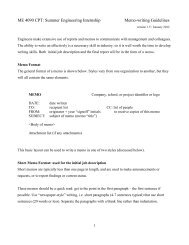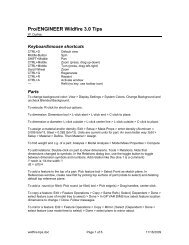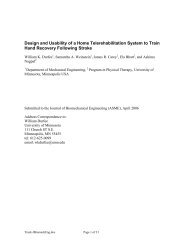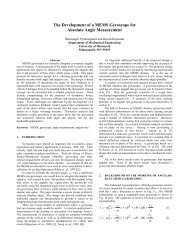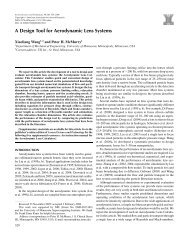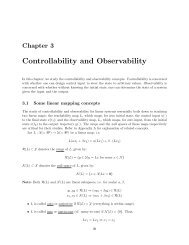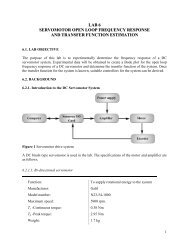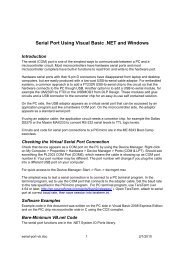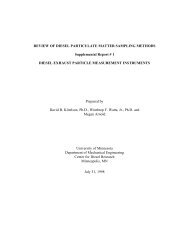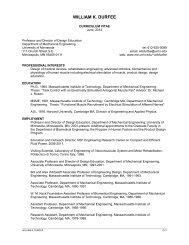Review of diesel particulate matter sampling - Department of ...
Review of diesel particulate matter sampling - Department of ...
Review of diesel particulate matter sampling - Department of ...
You also want an ePaper? Increase the reach of your titles
YUMPU automatically turns print PDFs into web optimized ePapers that Google loves.
Dilution Ratio<br />
100<br />
80<br />
60<br />
40<br />
20<br />
0<br />
Roadway Study <strong>of</strong> Diesel Exhaust<br />
Time Exhaust Spends at Critical Dilution Ratios<br />
0 0.05 0.1 0.15 0.2 0.25 0.3 0.35 0.4 0.45<br />
Time From Stack [sec]<br />
Figure 9. - On-road <strong>diesel</strong> exhaust <strong>sampling</strong> time exhaust aerosol spent at<br />
critical dilution ratios for a heavy-duty <strong>diesel</strong> engine in a flatbed truck<br />
traveling at 55 mph (Kittelson, et al., 1988 adapted from figure 4.46).<br />
INSTRUMENTS FOR MEASUREMENT OF DIESEL PARTICLE MATTER<br />
This section summarizes real-time or near-real-time instruments used to measure DPM.<br />
Critical aerosol parameters are listed and discussed to provide context for the instrument<br />
discussion. The principle <strong>of</strong> operation <strong>of</strong> each instrument is listed and related to the<br />
corresponding particle property. Further detail is provided in Supplemental Report No. 1<br />
(Kittelson, et al., 1998a).<br />
Critical Aerosol Parameters<br />
The U.S. has historically regulated DPM emissions based on a <strong>particulate</strong> mass standardized<br />
to engine output. Gravimetric analysis <strong>of</strong> DPM collected on filters placed in engine exhaust<br />
lines has given an indication <strong>of</strong> engine output <strong>of</strong> total mass <strong>of</strong> <strong>particulate</strong> <strong>matter</strong>.<br />
However, there is a growing recognition that other particle characteristics may have a<br />
more significant impact on health than total <strong>particulate</strong> mass.<br />
Historically, PM10 (particles smaller than 10 μm) has been used to define the respirable<br />
aerosol fraction. Now regulations include standards for PM2.5 for particles smaller than 2.5<br />
μm. With the recognition that over 90 % <strong>of</strong> the number <strong>of</strong> <strong>diesel</strong> particles reside in the range<br />
below 0.1 μm while only 1-20 % <strong>of</strong> the mass typically resides in the same ultrafine particle<br />
range, the parameters used to characterize <strong>diesel</strong> particles need to reflect these new concerns.<br />
01/14/99 Page 24<br />
CRITICAL DILUTION RATIOS



